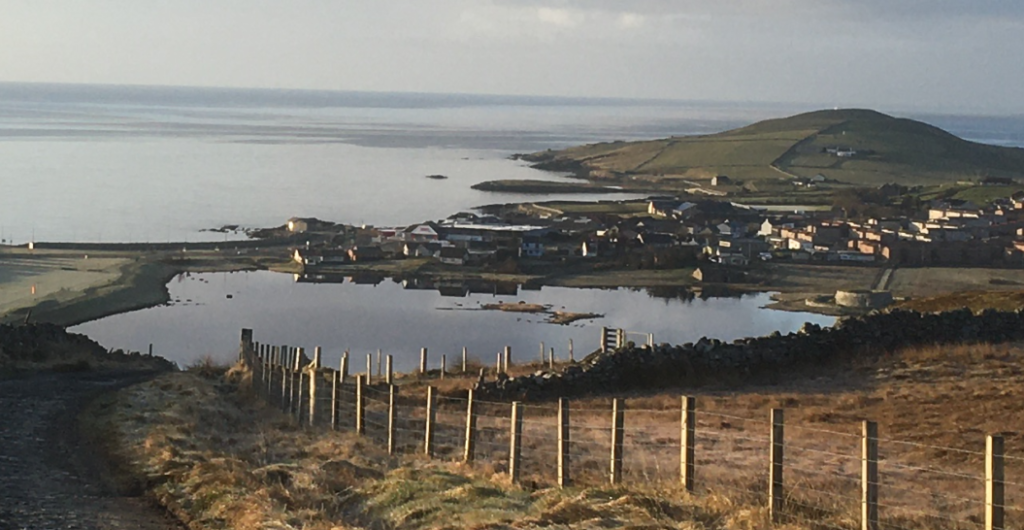Wildlife troubles at Clickimin loch sees key species ‘decline to absolute zero’

A significant decline in wildlife at one of Shetland’s most famous lochs has seen the total removal of several key bird species, a meeting heard.
Lerwick Community Council’s clerk Frankie Valente told members last night (Monday) that the numbers of three duck species – goldeneye, mallard and tufted – had shown an “very obvious decline to absolute zero”.
While numbers peaked in 2003, with around 100 sightings a year, they had fallen to nothing by 2020.
The discussions were held in response to concerns raised by a member of the Shetland birdwatching community with the Scottish Environment Protection Agency (Sepa).
Ray Johnston had written repeatedly to Sepa regarding the “lifeless state” of the loch.
He said there had been a gradual decline of swans and wildfowl for many years, which he said had been “dramatic” since the new Anderson High School was built.
Mr Johnston claimed fish numbers had also declined, so much so that the local angling association had abandoned the loch.
He said many others were also worried by the “sad situation”, and his “first suspicion must be focussed on pollution”.
“I am talking about zero life both on and under the water of the loch since the high school opened,” he wrote.
Sepa said the decline in bird numbers had been investigated but no sources of pollution were found entering the loch in breach of regulations.
It said data gathering in 2018 showed high concentrations of chloride and sulphate, which was likely due to brackish water in the loch.
“This would indicate seawater intrusion as apposed to a pollution incident,” Sepa said.
LCC chairman Jim Anderson said that while wildlife numbers at other lochs, such as Spiggie and Benson, had recovered, Clickimin’s had stayed down.
“Basically, it’s tailed off to nothing,” he said.
Caroline Carroll, who was attending as a Living Lerwick representative, suggested the large number of maas and craas around the loch were responsible.
“They pick off the baby ducklings as they’re getting led across the road to the loch,” she said,
Vice-chairman Gary Robinson suggested there should be a greater focus on biodiversity, which he said had reduced over recent years, as carbon reduction became the priority.
“I think it’s a great pity,” he said.
Councillor John Fraser said that while it appeared Sepa had ruled out pollution, he would continue to seek information on whether any “sinister cause” was responsible.
Mr Anderson said that since it had been more than three years since the high school was built, he did not think pollution could still be an issue.
Andy Carter noted that while the reduction in wildlife was disappointing, there had been a “very healthy” increase in folk walking around the loch.





Neil Pearson
Ah well, best build a housing estate close by, that won’t have any negative consequences at all. So sad.
Plant some trees round the place, nothing bad can come of it.